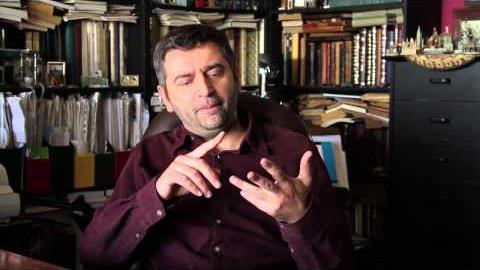
This short text describes our work in Slovenia, Croatia, Bosnia and Herzegovina, Serbia and North Macedonia
There was no country called Yugoslavia before 1918, and this “Union of South Slavs” brought together lands that had spent centuries under Austrian, Italian, Hungarian and Ottoman rule. Some 87,000 Jews lived in this new land and they ranged from Sephardic Jews in Bosnia, Serbia and along the Adriatic to Ashkenazi Jews in most of Croatia and in the Hungarian-speaking parts of Serbia (Vojvodina).
Much to the chagrin of the other regions of Royal Yugoslavia, Serbia dominated this interwar state, and when the Germans invaded in 1941, more than a few Slovenes and Croats saw them as liberators. Jews, of course, did not.
During the Second World War, citizens of Yugoslavia fought the invading Germans, Bulgarians, Hungarians and Italians and also fought each other. Although the Allies originally backed Serbian partisans, they switched their allegiance to Tito’s Communist partisans, who were clearly winning.
At war’s end, ten percent of the country’s population had died but over seventy percent of its Jews had been murdered. Yugoslavia then became a one party state under Tito, who, after breaking with Stalin in 1948, ruled the country until his death in 1980. His country would last just over a decade without him.
Before the break-up in 1991, some 6,500 Jews were living in the country and when Yugoslavia began its decade of wars they began fleeing the country for Israel, other European countries and North America.
Very few Jews remain in the region today, although Serbia, Croatia, Bosnia and North Macedonia all maintain lively, spirited communities.
As for Centropa’s interviews: we have been lucky to work with Rachel Chanin in Serbia - an American who speaks excellent Serbian and who is married to Yitzhak Asiel, Serbia's chief rabbi. Aside from Rachel's extensive social welfare and cultural activities, she conducted interviews for us in Serbia and in North Macedonia. Over the years, we have also managed to pick up a handful of interviews in Croatia and Bosnia.
In Croatia, Silvia Heim and Lea Siljak conducted two excellent interviews for us in Zagreb. We would also like to call your attention to a book published in 2013 called 1941: The Year That Keeps Returning, by Slavko Goldstein. Professor Goldstein, who died in 2017, was a publisher, Jewish community activist and writer. His memoirs are considered by many to be one of the finest personal stories published on the Holocaust in the past ten years.
For more information about the Holocaust in Croatia, read this article by the International Holocaust Remembrance Alliance
Here’s a brilliant set of pages about what happened in Serbia during the Holocaust
Regarding the Second World War in Bosnia, we highly recommend Emily Greble’s study, Sarajevo 1941.
Regarding Macedonia: https://encyclopedia.ushmm.org/content/en/article/the-holocaust-in-macedonia-deportation-of-monastir-jewry











